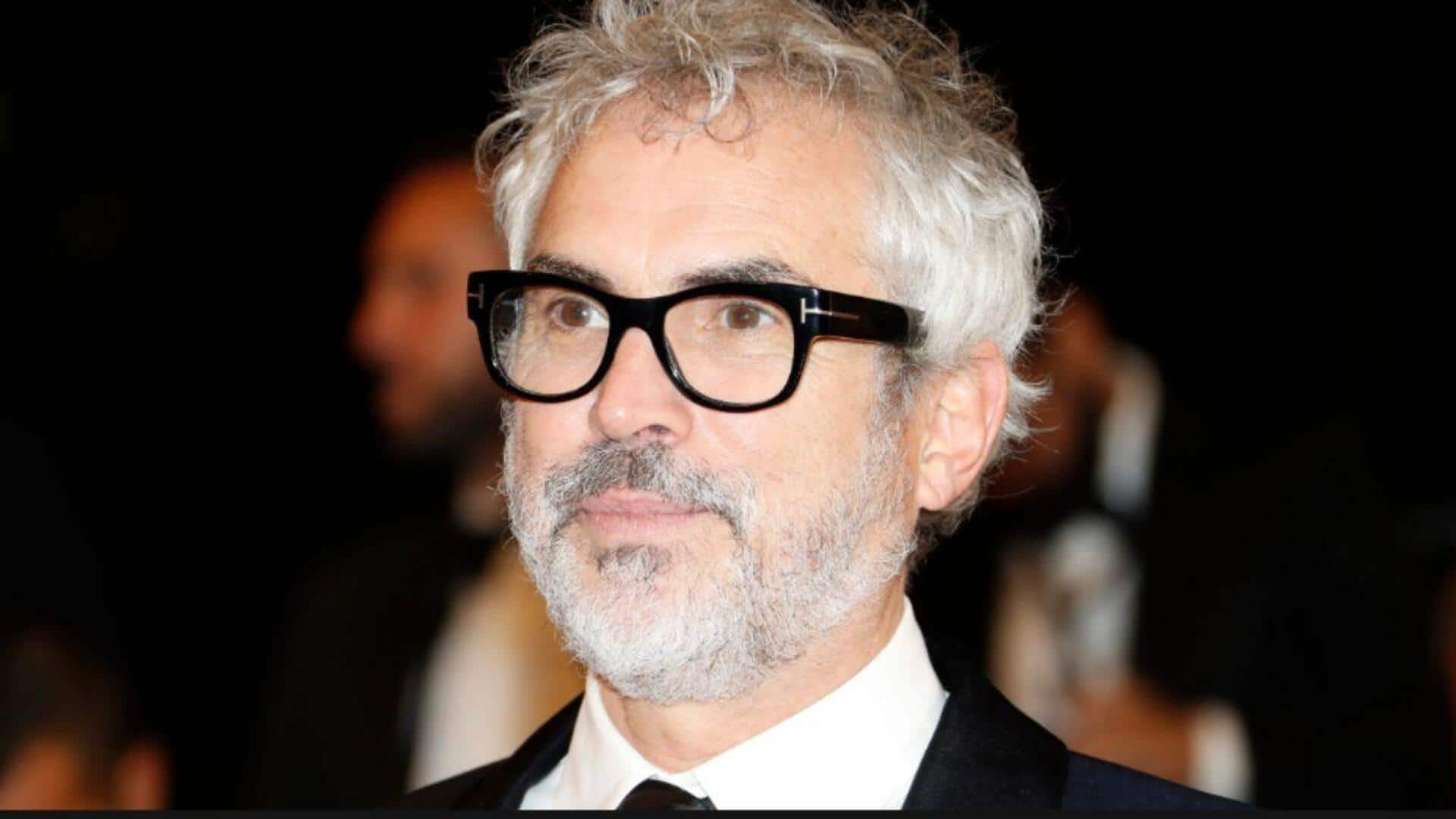
How Alfonso Cuarón redefined movie visuals
What's the story
Alfonso Cuarón is a master of his craft. The acclaimed filmmaker is easily one of the most visionary minds in Hollywood. However, what really sets Cuarón apart is how he has upped the game of cinematic visuals. Whether it is the storytelling or the visual aesthetics, Cuarón has redefined it all. Here's how.
Technique 1
Long takes and seamless transitions
Cuarón is known for his long takes and seamless transitions that make them immersive. In movies like Children of Men and Gravity, he uses long single shots to maintain continuity without cutting away. Not only does this raise tension, but it also makes people feel like they are part of the scene. By cutting less, Cuarón makes it more realistic and takes you deeper into the narrative.
Technique 2
Mastery of natural lighting
Another hallmark of Cuarón's visual style is his mastery of natural lighting. Cuarón often prefers natural light sources instead of artificial ones to get an authentic look on screen. This can be seen in Roma, where he captures everyday life with stunning realism by using available light from windows or street lamps. The result is a visually striking yet intimate film that feels genuine, real.
Technique 3
Innovative use of CGI
Cuarón's visionary use of CGI also separates him from many other filmmakers. In Gravity, he combines CGI with live footage so effortlessly that the stunning space scenes break all rules of how movies are made. The way he incorporates digital effects without losing their authenticity shows how he is looking ahead in terms of technology. This enables him to tell visually stunning stories.
Technique 4
Attention to detail in production design
Attention to detail is a cornerstone of Cuarón's production design philosophy. He meticulously crafts every element within a frame- from costumes and props to set design- to enhance storytelling through visuals alone. In Roma, this dedication manifests through carefully curated environments reflecting Mexico City's cultural landscape during the 1970s era depicted onscreen. Each detail contributes meaningfully towards building an immersive world around characters' lives.